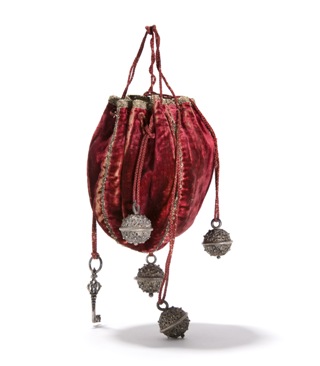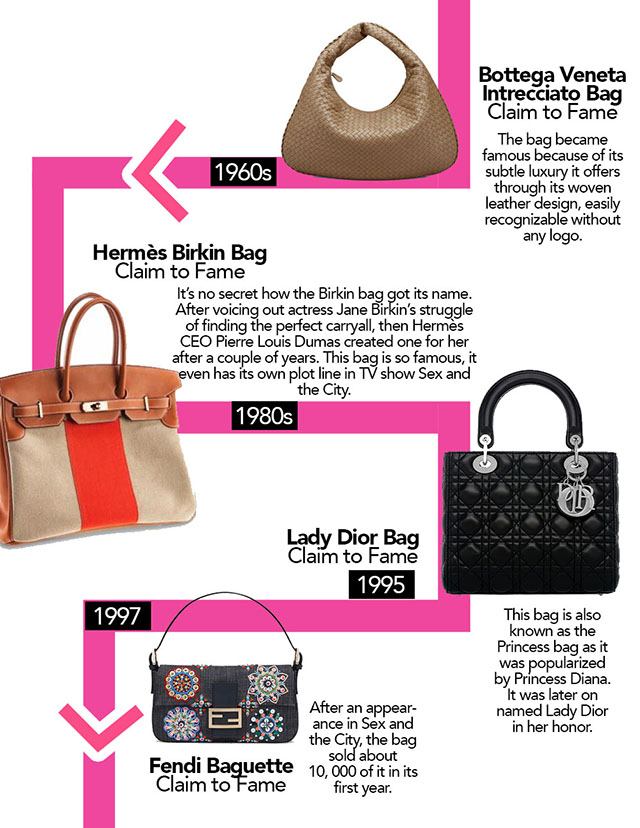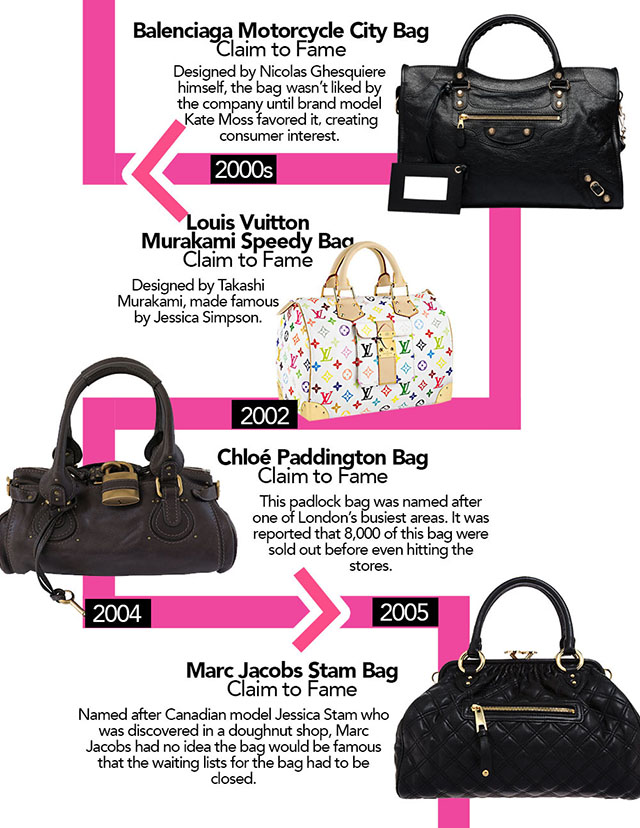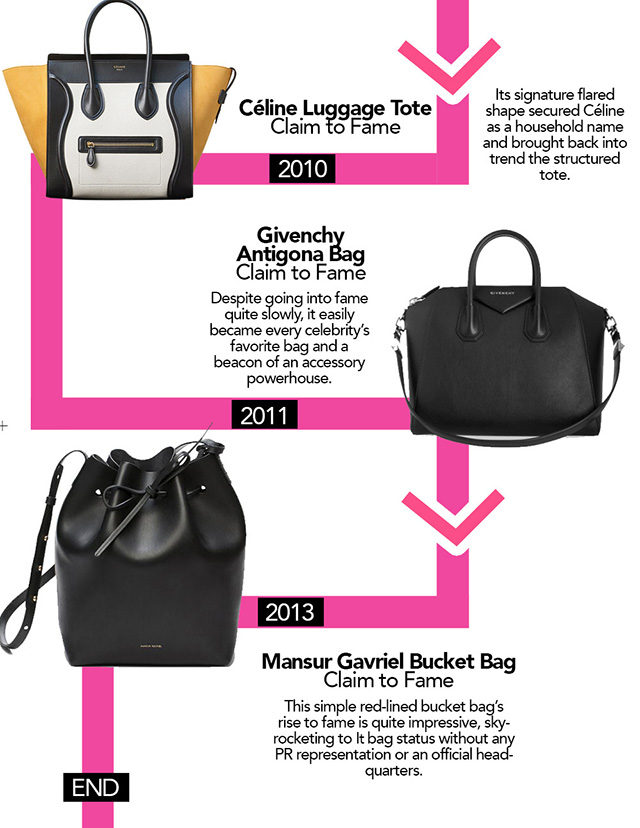Topic 1: Bags across time, cultures and geographies
Why were there bags in the 15 – 18 century?
They were necessary for carrying money and other personal items, since clothes hadn’t yet been fitted out with pockets. The introduction of pockets started towards the end of the 16th century meant that the men’s bags slowly disappeared in the course of the 17th century. From then on, bags belonged almost exclusively to the women’s domain.
1600 – 1700 A.D. – A Bag for Every Purpose


1700 – 1800 A.D. – Hiding and Showing Off

1900 – 2000 A.D. – New Forms
Women have bags for every occasion at any time of the day.


Insight: Bag size used to be small in the past, now it is bigger as more woman are employed.
How bag can give signal:
“If the Queen places her handbag on the table at dinner, it signals that she wants the event to end in the next five minutes.’
China’s handbag history
Different kinds of texture



References:
Tassen Museum: Museum of Bags and Purses
A Timeline of the Most Coveted It Bags Through the Years





